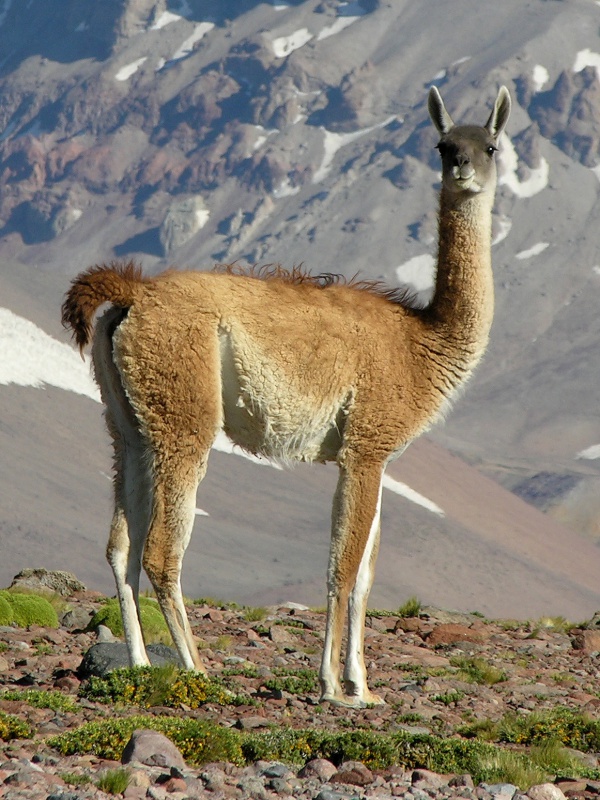Facts About Guanaco
The guanaco is a fascinating camelid native to South America and closely related to the llama. If you ever come across a young guanaco, it’s known as a "chulengo." These animals typically stand between 1.0 and 1.3 meters tall at the shoulder and have a body length of about 2.1 to 2.2 meters. They usually weigh between 90 and 140 kilograms. Guanacos display a range of colors, from light brown to dark cinnamon, with distinctive gray faces and small, straight ears. They are among the largest land mammals in South America.
You will often find guanacos at high altitudes, where their blood is rich in red blood cells, aiding their survival in environments with low oxygen levels. Their fiber is highly valued for its softness and warmth, making it a sought-after material for luxury fabrics. These animals inhabit steppes, scrublands, and mountainous regions across South America, including Peru, Bolivia, Chile, Patagonia, Paraguay, and Argentina. Guanacos typically live in herds that consist of a dominant male, several females, and their young.
In the wild, guanacos must watch out for natural predators like pumas and foxes. Their mating season occurs from November to February, during which males often fight for dominance. After an eleven-and-a-half-month gestation period, a female gives birth to a single chulengo. Although guanacos are still considered wild animals, they can also be found in some U.S. zoos and private herds. It is believed that domestic llamas are descended from guanacos.
Guanacos are known for their alertness and ability to quickly flee from threats, running at high speeds across various terrains. They are incredibly adaptable and can thrive in harsh environments like the Atacama Desert. Current population estimates for guanacos range from 400,000 to 600,000 individuals. Their unique traits, ecological adaptations, and cultural significance make guanacos a truly captivating species in South America.

 Argentina
Argentina